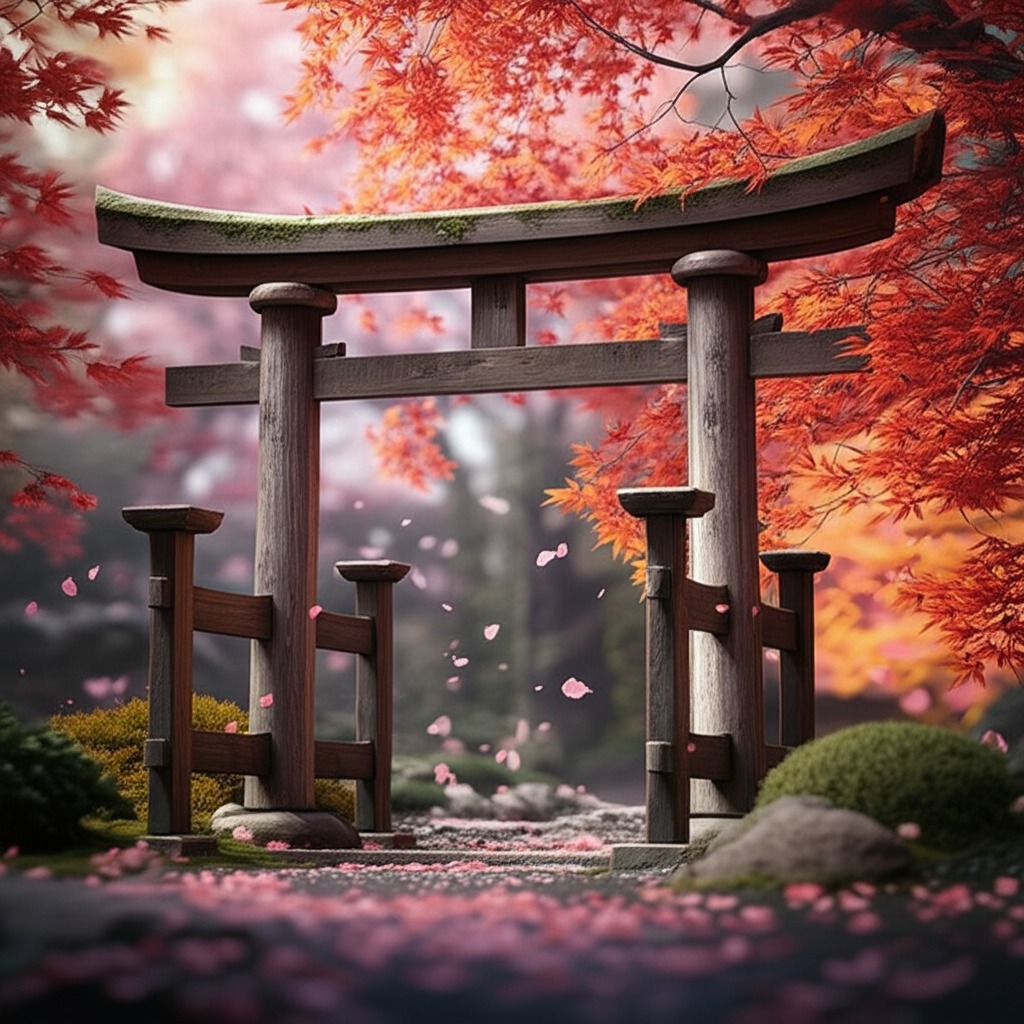I’ve analyzed the provided article “Understanding Japanese Aesthetics: Wabi-Sabi and Mono no Aware in Anime Art” and the list of available posts.
Unfortunately, the only available post, “Hello world!”, is a generic placeholder and does not offer any relevant content to link to from the article about Japanese aesthetics and anime.
As per the rules: “Only link to posts that are genuinely relevant to the context” and “Don’t force links where they don’t fit,” I am unable to add any internal links at this time. Adding a link to “Hello world!” would not provide any value to the reader and would go against the principles of good internal linking.
Therefore, the article HTML remains unchanged.
“`html
Beyond the Screen: Unpacking Wabi-Sabi and Mono no Aware in Anime’s Heart
Ever wondered why certain anime visuals hit different? Why a fleeting moment or a worn-out detail can evoke such profound emotion? Dive in! We’re exploring the profound beauty of Japanese aesthetics – Wabi-Sabi (the allure of imperfection) and Mono no Aware (that bittersweet sense of impermanence). Discover how these philosophies aren’t just concepts but the very soul shaping visual storytelling, character journeys, and immersive worlds in your favorite animated masterpieces. Get ready to truly connect with the cultural heart of anime!
Introduction: The Soul of Japanese Animation
If you’re anything like me, you’ve probably lost countless hours to the captivating worlds of anime, utterly marveling at their artistry and intricate storytelling. But pause for a moment: have you ever considered the deeper cultural currents flowing beneath the surface, enriching every single frame and narrative beat? Japanese aesthetics aren’t just pretty ideas; they’re foundational elements of an entire culture, profoundly influencing its art forms, including our beloved animation. It’s truly incredible how these subtle philosophies elevate the anime viewing experience, isn’t it? They add layers of meaning and emotional resonance that we often feel intuitively, even if we don’t quite have the words for them. Today, we’re going to pull back the curtain on two of the most significant concepts that weave through anime’s fabric: Wabi-Sabi and Mono no Aware. We’ll define them, explore their origins, and most importantly, discover how they manifest in the breathtaking visual storytelling, nuanced character development, and intricate world-building of the anime art you adore.
Wabi-Sabi: The Beautiful Embrace of Imperfection, Impermanence, and Incompleteness
Defining Wabi-Sabi: More Than Just a Term
Let’s kick things off with Wabi-Sabi, a term that might sound mysterious but truly captures a deeply human appreciation for authenticity. It’s often broken down into its two incredible components: “Wabi” refers to a quiet, rustic simplicity, a sense of serene solitude, and understated beauty. Think of something humble, unpretentious, and perfectly content in its own skin. Then there’s “Sabi,” which speaks to the beauty that comes with age – the natural wear and tear, the beautiful patina that develops over time, gently reminding us of life’s transient nature. Together, they form an aesthetic worldview that joyfully embraces change and decay. At its core, Wabi-Sabi champions the acceptance of transience, imperfection, and incompleteness. It doesn’t strive for polished perfection; in fact, it finds profound beauty in the opposite. This philosophy has deep connections to Zen Buddhism, particularly its teachings on impermanence (mujo), suffering, and the concept of emptiness (sunyata), reminding us that nothing…
